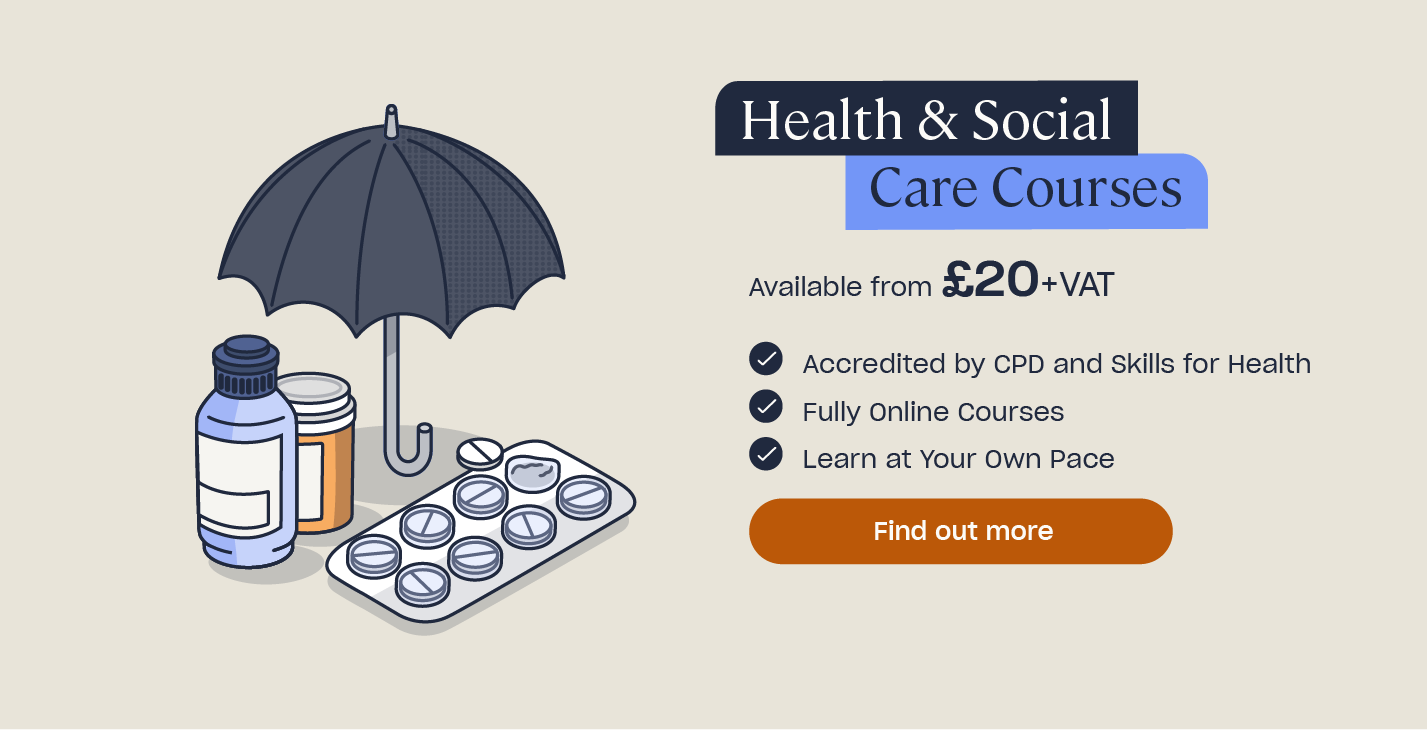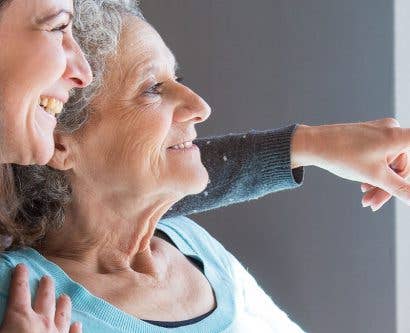Shared Decision Making in Healthcare
Health and social care professionals play an important role in supporting individuals to make informed decisions about their care. Shared decision making (SDM) can be used to help professionals and service users work together to make these choices, leading to increased patient empowerment, satisfaction and wellbeing. In this article, we’ll explain what shared decision making is and the benefits of it, plus outline some practical models that can be used to implement SDM in your setting.
What is Shared Decision Making?
Shared decision making (SDM) is a process where health and social care professionals work in partnership with individuals to make decisions about their treatment and care. It ensures that the service user’s voice is heard and that their preferences and circumstances are considered, whilst keeping medical facts and knowledge in mind.
In health and social care, SDM is particularly important when there is more than one reasonable option available for service users or when decisions are complex. Rather than simply informing or directing an individual about what’s going to happen to them, professionals actively involve the person in the decision, creating a more person-centred and respectful approach to care.

Benefits of Shared Decision Making in Healthcare
There are many benefits of implementing shared decision making in healthcare settings, for both individual service users and members of staff.
For individual service users, benefits include:
- Increased empowerment – individuals feel more in control of their health and wellbeing, more independent and more confident.
- Improved understanding – service users are more likely to understand their condition and the available options if they are routinely involved in the conversation about it.
- Higher satisfaction – those involved in decisions are often more satisfied with their care and are less likely to be resistant to care.
- Stronger engagement – when individuals help shape their care, they are more likely to follow through with agreed treatment plans and appointments.
- Better outcomes – decisions that align with personal values can lead to quicker decision-making and recovery times.
For healthcare professionals, benefits include:
- Enhanced trust and communication – regular conversation creates stronger relationships between professionals and the people they support and helps to make communication more effective.
- Efficiency of resources – offering treatments based on what matters most to individual service users can reduce unnecessary interventions, therefore reducing the chance of wasted resources or lost time.
- Greater professional satisfaction – involving service users in decisions can lead to more meaningful interactions and a stronger sense of purpose for healthcare staff.
- Regulatory compliance – shared decision making is in alignment with your setting’s regulatory goals and principles for offering dignified, person-centred care.
- Reduced complaints – a clearer understanding of what’s going on can lower the risk of dissatisfaction or misunderstandings from service users.
Implementing Shared Decision Making: Models and Skills
Health and social care professionals can adopt a range of tools and models to support shared decision making in everyday practice. The key is to create space for meaningful conversations and to respect the person’s right to be involved at all stages of their care. The following models can be used to help you implement SDM in your setting:
The 3-Talk Model
The 3-talk model helps professionals structure conversations and ensures that decision making is truly collaborative. The model breaks SDM into three stages:
- Team Talk – Initiate the conversation by introducing the idea that a decision needs to be made together. Invite the person to participate and explain the options available.
- Option Talk – Present the different choices in a clear, balanced way. Use simple language and visual aids to support understanding.
- Decision Talk – Explore the person’s preferences and help them consider what matters most to them. Support them in making an informed choice.
The ‘BRAN’ Questions
BRAN is a tool that encourages individuals to ask four key questions when making decisions. By asking these questions, professionals can help service users to consider all aspects of a decision, leading to a more informed and confident choice. The BRAN questions are:
- B – What are the Benefits?
- R – What are the Risks?
- A – What are the Alternatives?
- N – What if I do Nothing?
Patient Decision Aids
Patient decision aids (PDAs) are evidence-based tools designed to support shared decision making. They provide service users with structured, accessible information about different treatment or care options and their possible outcomes. Examples of patient decision aids include leaflets, videos, apps or websites.
The aim of a PDA is to help individuals understand their choices and prepare for discussions with professionals ahead of making a decision. Using these types of tools can make consultations more productive and person-centred.

Shared Decision Making Examples
Below are some examples of shared decision making in real-life health and social care settings:
Shared Decision Making in a Clinical Setting
A GP discusses treatment options for managing type 2 diabetes with a patient. Instead of prescribing medication immediately, the GP introduces lifestyle changes as an alternative, outlines the risks and benefits and uses a PDA to help the patient weigh up the options. Together, they agree on a plan that fits the patient’s lifestyle and preferences.
Shared Decision Making in Mental Health
A community mental health nurse supports a service user in choosing between talking therapy, medication or a combination of both. Through open dialogue and use of the BRAN questions, the nurse helps the individual to explore what feels right for them, leading to a more appropriate and supported care journey.
Shared Decision Making in Social Care
A social worker supports an older adult in deciding between staying at home with increased support or moving into a residential care facility. Using the 3-talk model, the social worker presents the options, discusses the pros and cons and helps the person consider what matters most to their wellbeing and independence.
Shared decision making in healthcare helps service users to feel more empowered, involved and independent. It enables professionals and patients to work together and agree on a care plan or course of treatment that best suits the individual, keeping their wishes, dignity and preferences in mind.
Further Resources:
- Health and Social Care Courses
- How to Promote Empowerment in Health and Social Care
- What is Social Prescribing in Health and Social Care?
- Non-Verbal Communication in Health and Social Care
- Promoting Independence in Health and Social Care
- What is Advocacy in Health and Social Care?











